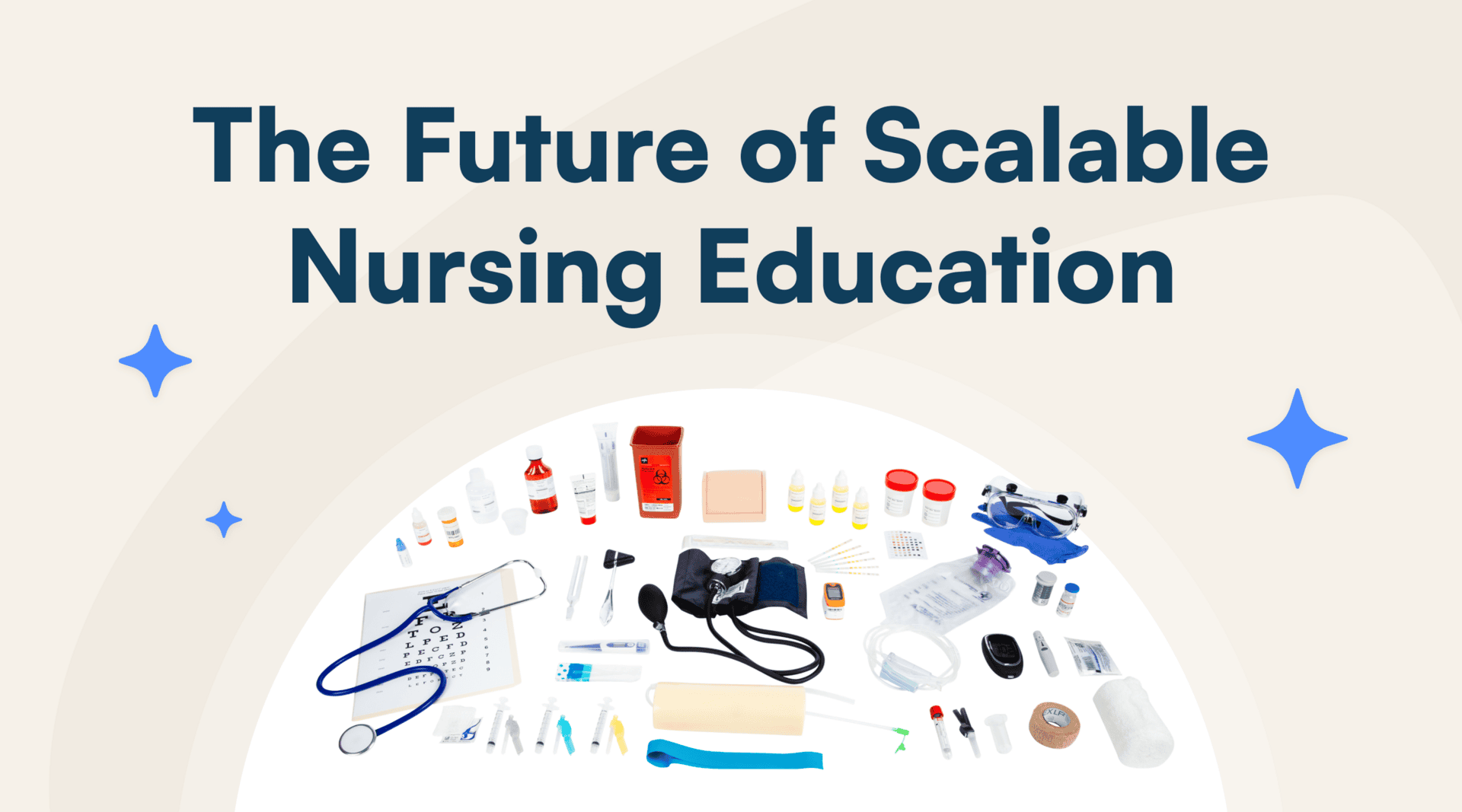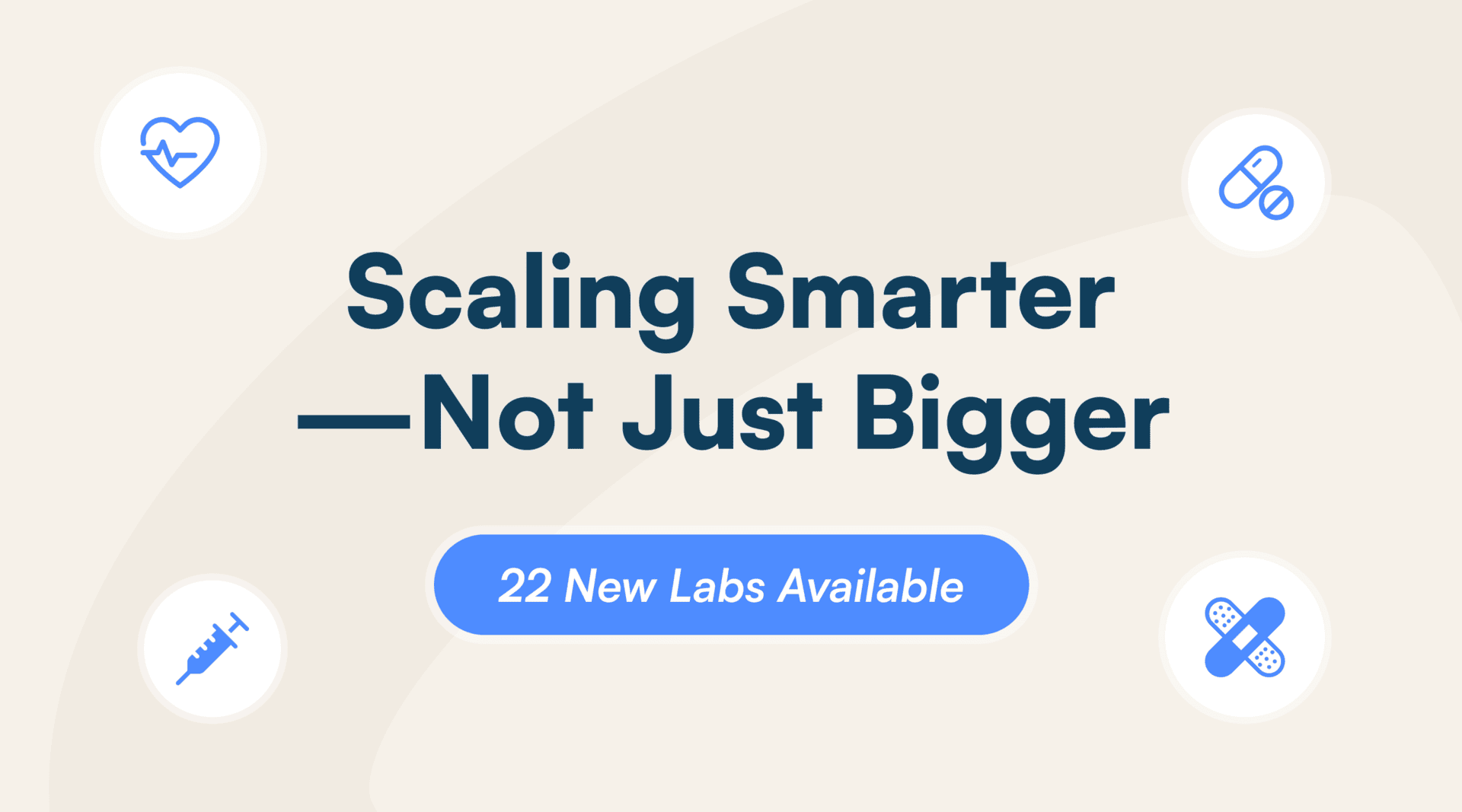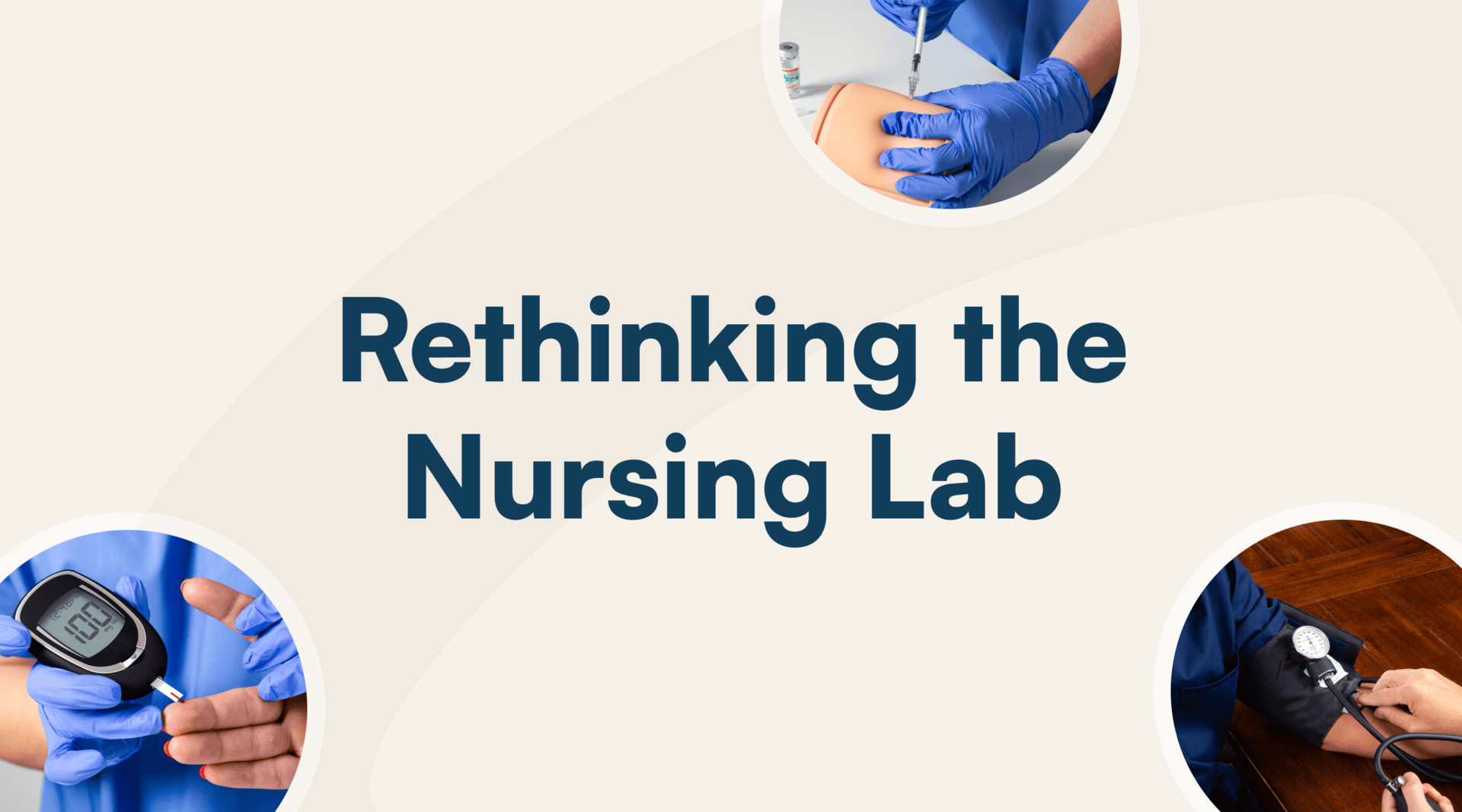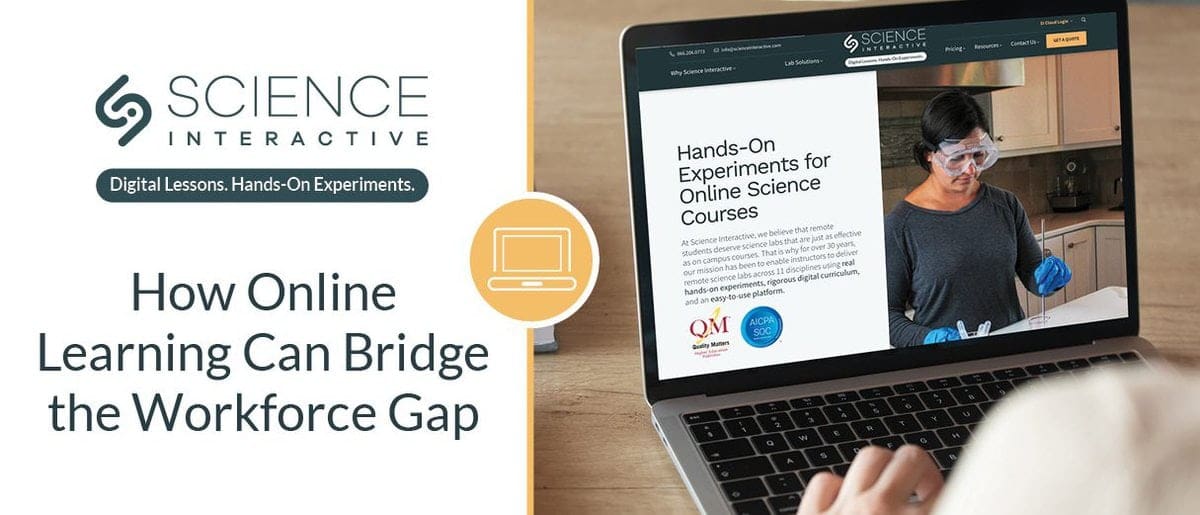How Online Learning Can Bridge the Workforce Gap
The COVID-19 pandemic has affected countless elements of normal life – especially for those who have served on the frontlines of hospitals, healthcare offices, and pharmacies. These workers have faced mounting pressures and shortages, and now, we’re beginning to experience a workforce gap that may extend into the coming years.
Between 2019 and 2020, job vacancies for nursing personnel increased by nearly 30%. Other healthcare occupations experienced similar shortages, and as these depletions have persisted, estimates now indicate we could be short by 3.2 million healthcare workers by 2026.
Pharmacies are feeling the labor shortage more than many other medical industries. Pharmacy technicians have been quitting in waves, leaving a major gap to be filled by incoming graduates.
All of this leaves hospitals, pharmacies, and universities with a daunting question: how do we create more healthcare workers and bridge the growing workforce gap?
A good place to start is by providing better, more creative solutions for educating our future healthcare workers. The demographic for healthcare courses is largely comprised of non-traditional students. These individuals need the flexibility to pursue further education. Many are juggling jobs, parental responsibilities, and other comments, and they’re looking for learning that works with their schedules.
Current and prospective students will play a crucial role in closing the workforce gap. It’s up to nursing and pharmacy technician programs to ensure their online learning services will support this evolution by providing the right benefits.
Accessibility – Anywhere at Any Time
The COVID-19 pandemic presented our society with a range of practical and logistical challenges. These problems were especially apparent in the healthcare sector, where the safety of patients and workers was a top concern.
Growing concerns led to an increase in remote patient care practices, as well as online learning opportunities for nursing and pharmacy technician students. Up to 78% of medical schools successfully switched to online learning (temporarily or permanently), and other healthcare education institutions followed suit.
Although these were complicated and confusing times, many science university and college students found online learning to be beneficial for their schedules. In a study at the University Brunei Darussalam (UBD), 72% of healthcare students reported becoming positively independent after adopting online learning.
In an increasingly digital world, nursing and pharmacy technician students primarily want flexibility from their schooling. Many are choosing healthcare careers because they offer more adaptable schedules, and in their education, they are looking for:
- Online or hybrid course lectures
- Technology that allows for at-home labs and anatomy studies
- Individualized learning opportunities
- Education that is affordable and customizable
If universities are to create more healthcare workers for our future, they need to understand these demands. Students want to fit schooling into their current lives – not the other way around.
Already, many healthcare and pharmacy technician educational programs are experimenting with hybrid teaching and learning setups. These blended online and in-person courses are offered synchronously and asynchronously to give students the maximum flexibility for their living, working, and learning arrangements.
At Science Interactive, it is our belief that minimizing healthcare worker shortages largely relies on our ability to ease the pathway to healthcare education. Colleges and universities will need to invest in tools that maximize their flexible offerings to future students, including online lessons, at-home lab kits, lab management platforms, and more.
Focus on Evolving Healthcare and Science Skills
Schooling setups aren’t the only things changing in the wake of the pandemic. Every healthcare field is experiencing booms in “state of the art” patient care and treatment methods. As a result, education must change to equip future nurses, pharmacy technicians, and other healthcare positions with in-demand skills.
We don’t just need bodies to fill the healthcare workforce gap. We need pharmacy technicians, nurses, and other workers who have been adequately trained to deliver the safest and most up-to-date patient care services. In other words, we’re also striving to fill the workforce skills gap.
However, pharmacy technicians and healthcare students are also looking to minimize the number of years they stay in school, or at least attend school part-time so they can continue working while learning. Online education needs to allow for fast-track graduation opportunities, as well as self-paced learning options for those who are working, parenting, or facing other schedule concerns.
Long story short, if universities cannot (1) offer science courses to support workforce needs and (2) align them with timelines that work for today’s students, we’ll struggle to close the gap in healthcare and pharmaceutical settings.
Institutions Can Market to a Wider Audience
Another benefit of online learning is that it is widely available to students of all backgrounds, ages, socioeconomic statuses, and abilities. If we are to bridge the growing healthcare workforce gap, we need to open the door to more diverse student pools.
Many students entering pharmacy technician jobs and other healthcare professions already have bachelor’s degrees. They’ve decided to make a career change or pursue further education, but they need online learning resources that don’t force them to re-do their college career on campus.
At Science Interactive, one of our strongest initiatives is making general science courses available to all students. We understand that many future healthcare workers are already juggling responsibilities and full-time employees and parents, and we want to give them the tools to pursue education without sacrificing other elements in their lives.
When universities, pharmacy technician training programs, and nursing schools adopt tools like ours, they are able to market to and enroll a wider range of students. This in turn will help us bolster the number of healthcare employees in our society and bridge the growing shortage of essential workers.
Learn More About Online Science Programs
Science Interactive met the unprecedented challenges of COVID-19 in education head-on. Today, we’re equipping learning institutions with the crucial tools to make healthcare education more accessible, flexible, and engaging to students of all ages and backgrounds.
We believe that all universities and training programs should be prepared to ensure a successful educational environment for healthcare students. With modern evolutions, this means:
- Emphasizing tech-based pedagogies
- Providing personalized care (remotely)
- Ensuring continuity in online pre-medical and pharmacy tech education
Future healthcare workers and pharmacy technicians need (and want) more. With the right online learning resources, we believe we can infuse the industry with professionals that are willing and able to hit the ground running.
For information on our tools for online pharmacy technician programs and pre-nursing, please contact us. We’re here to help science instructors, students, and institutions make the most of online learning.
# # #
Discover more articles

Science Interactive Launches New Nursing Fundamentals

What Clinical-Ready Actually Looks Like (And How to Get There Sooner)


